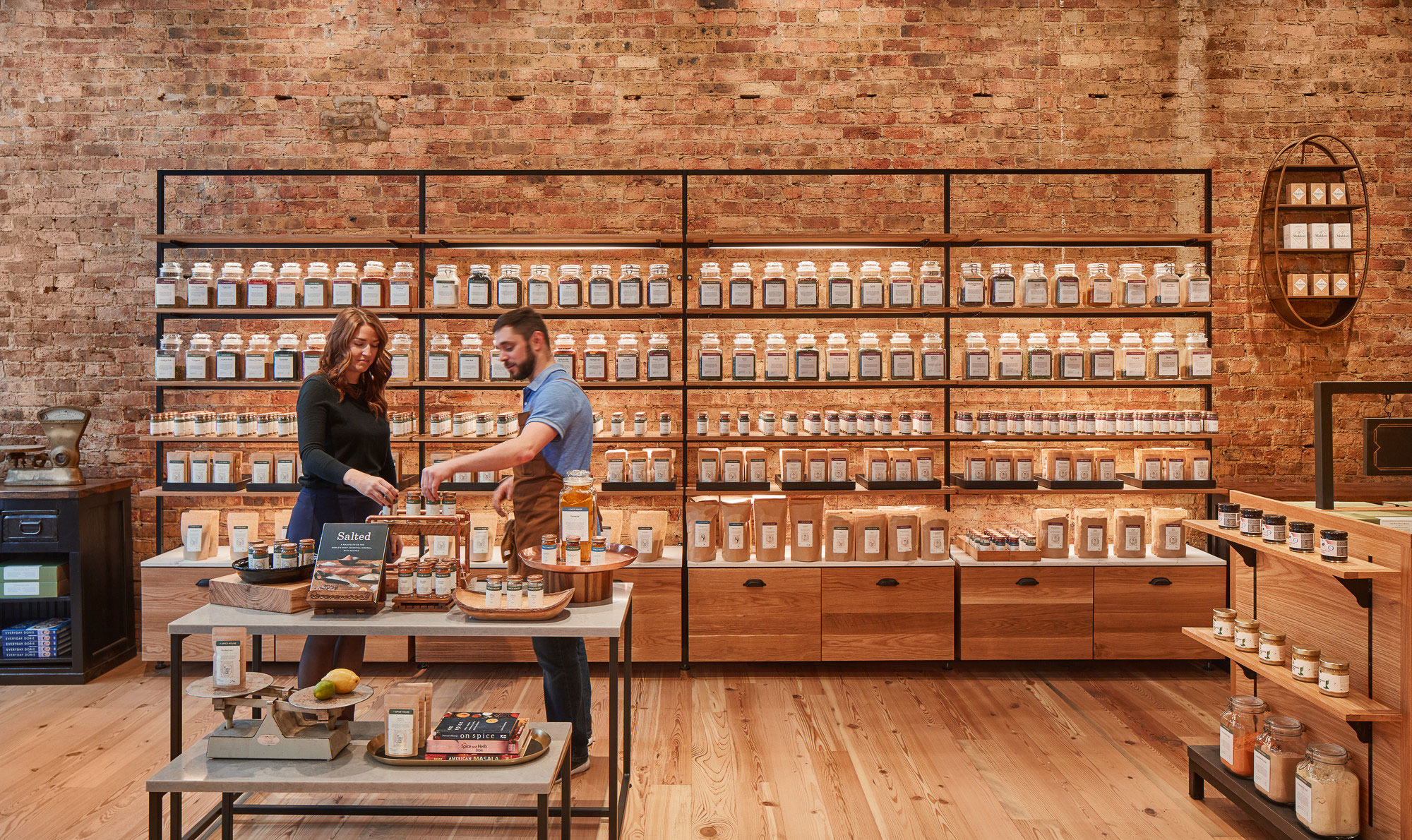

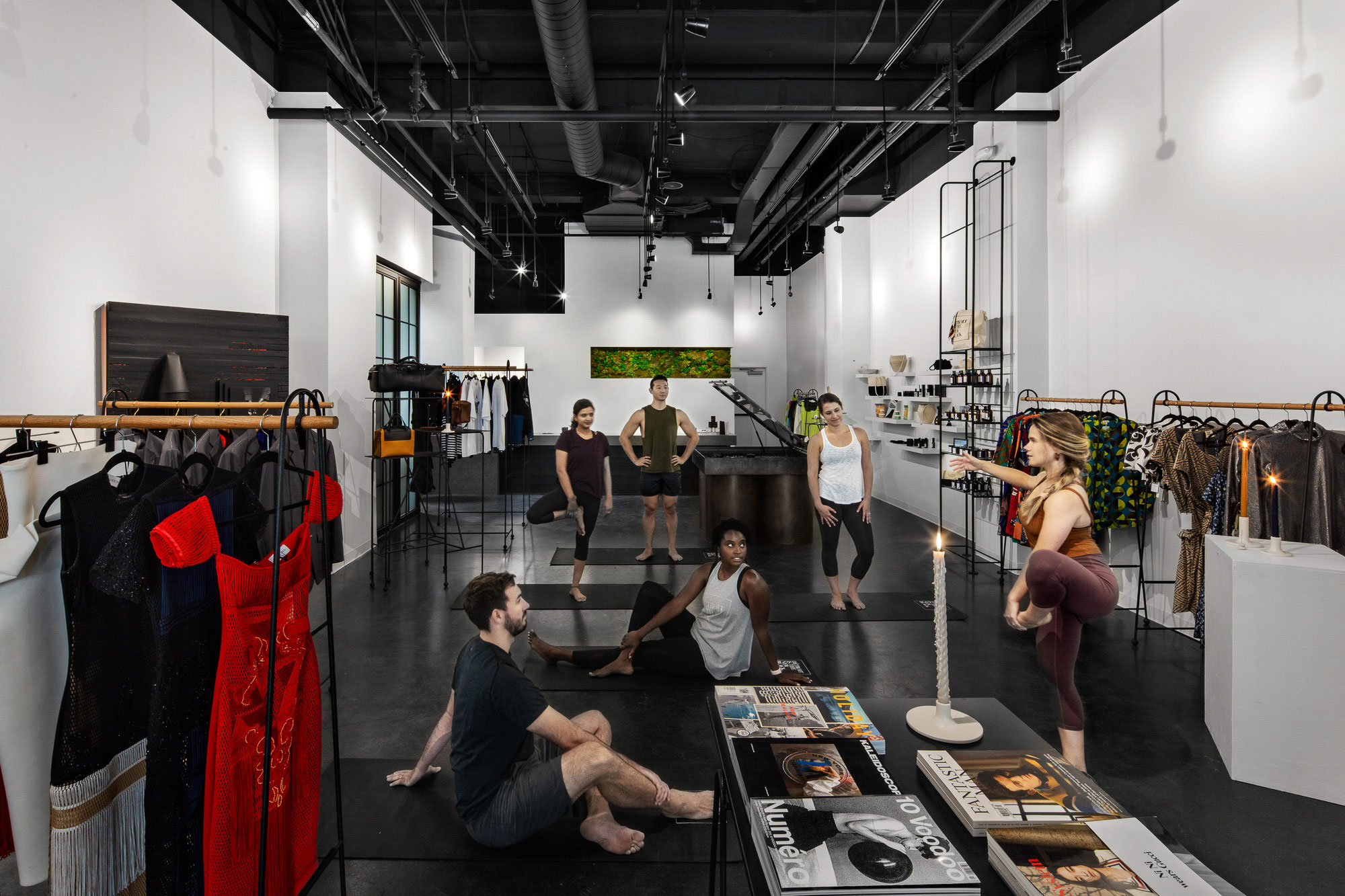
While the retail landscape continues to evolve, the key to recovery is to not solely focus on the physical or virtual experience. Instead, retailers must create meaningful engagement across channels to meet new customer expectations.
Here are six considerations for retailers to rethink the new retail environment:
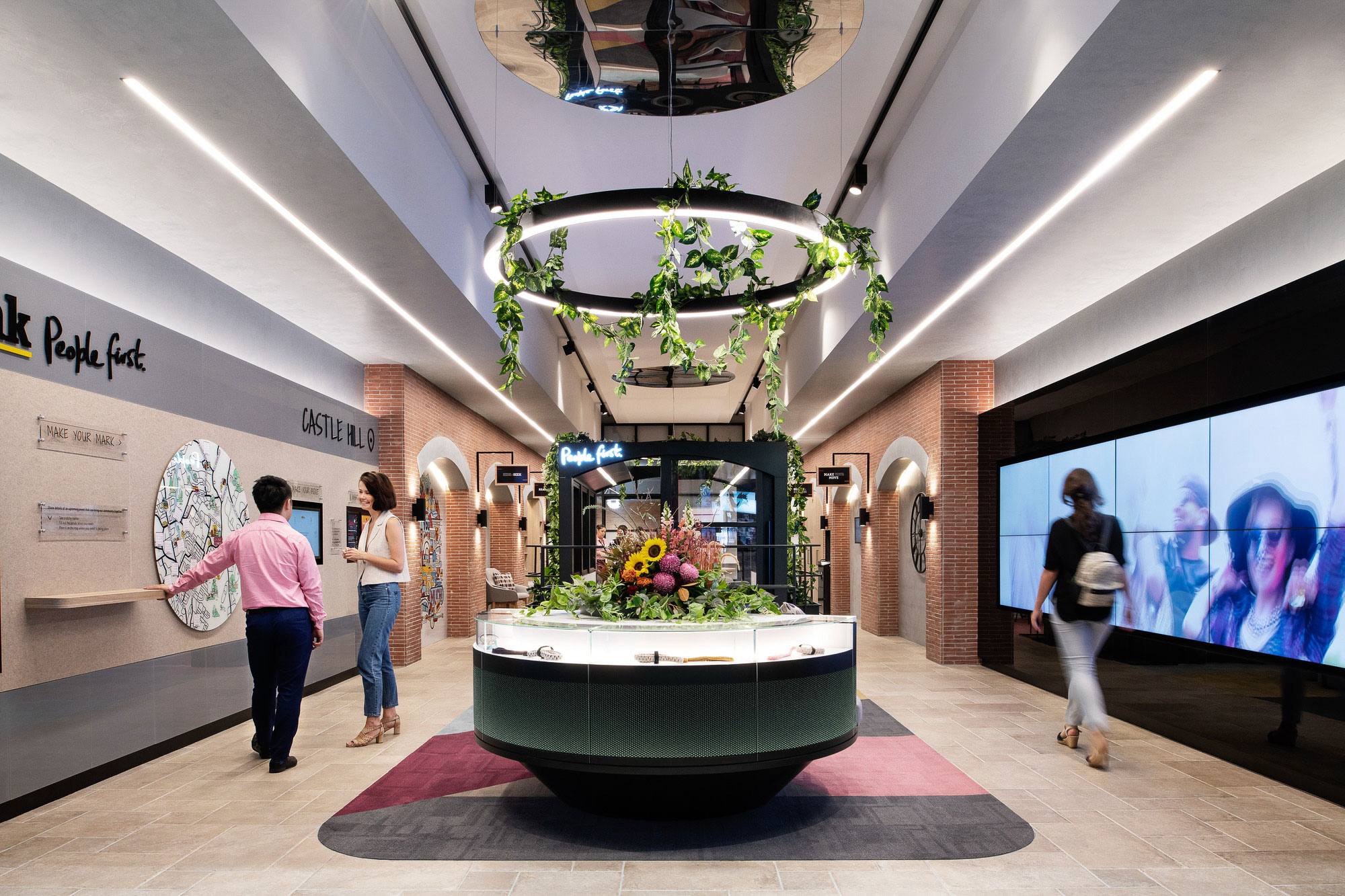
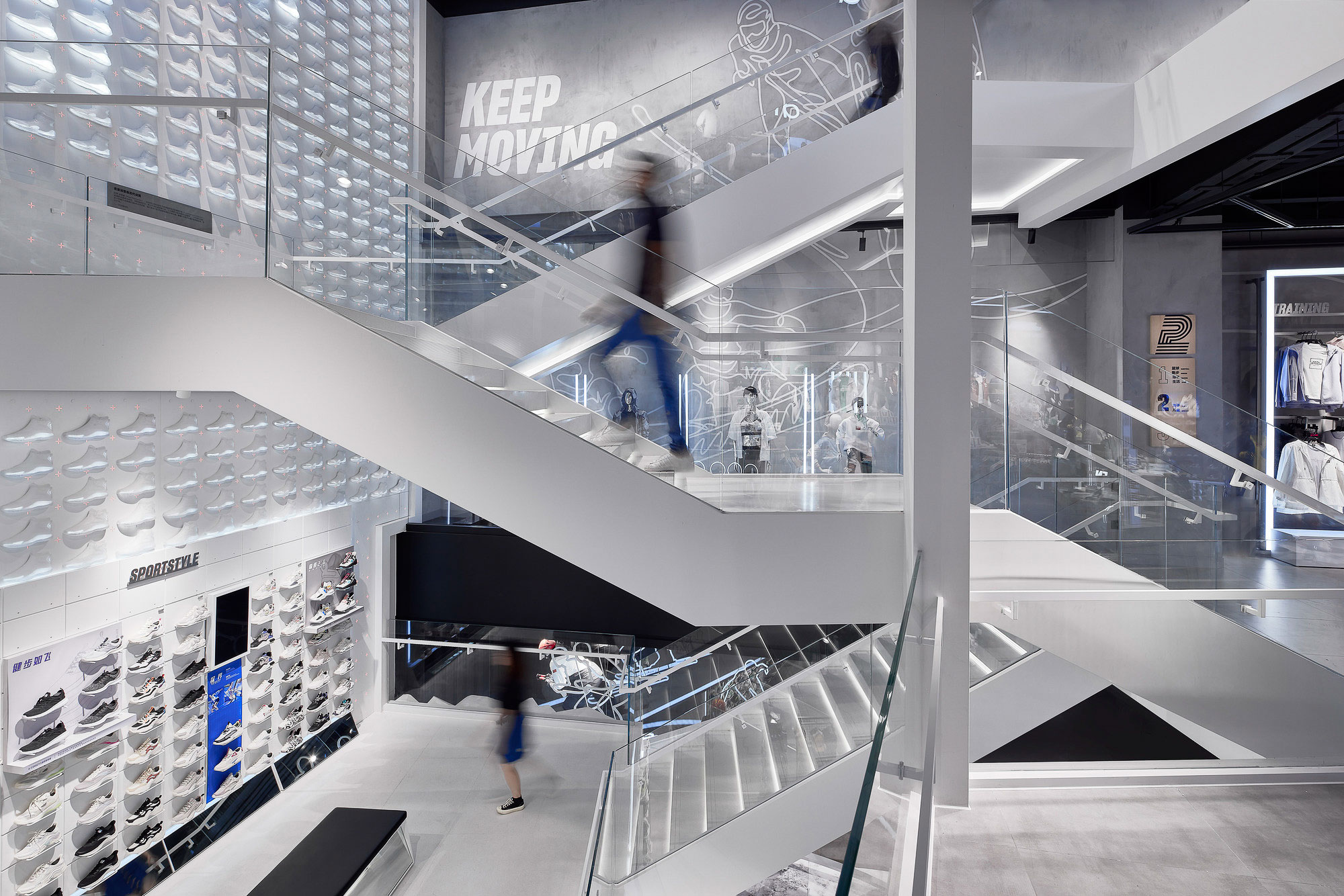
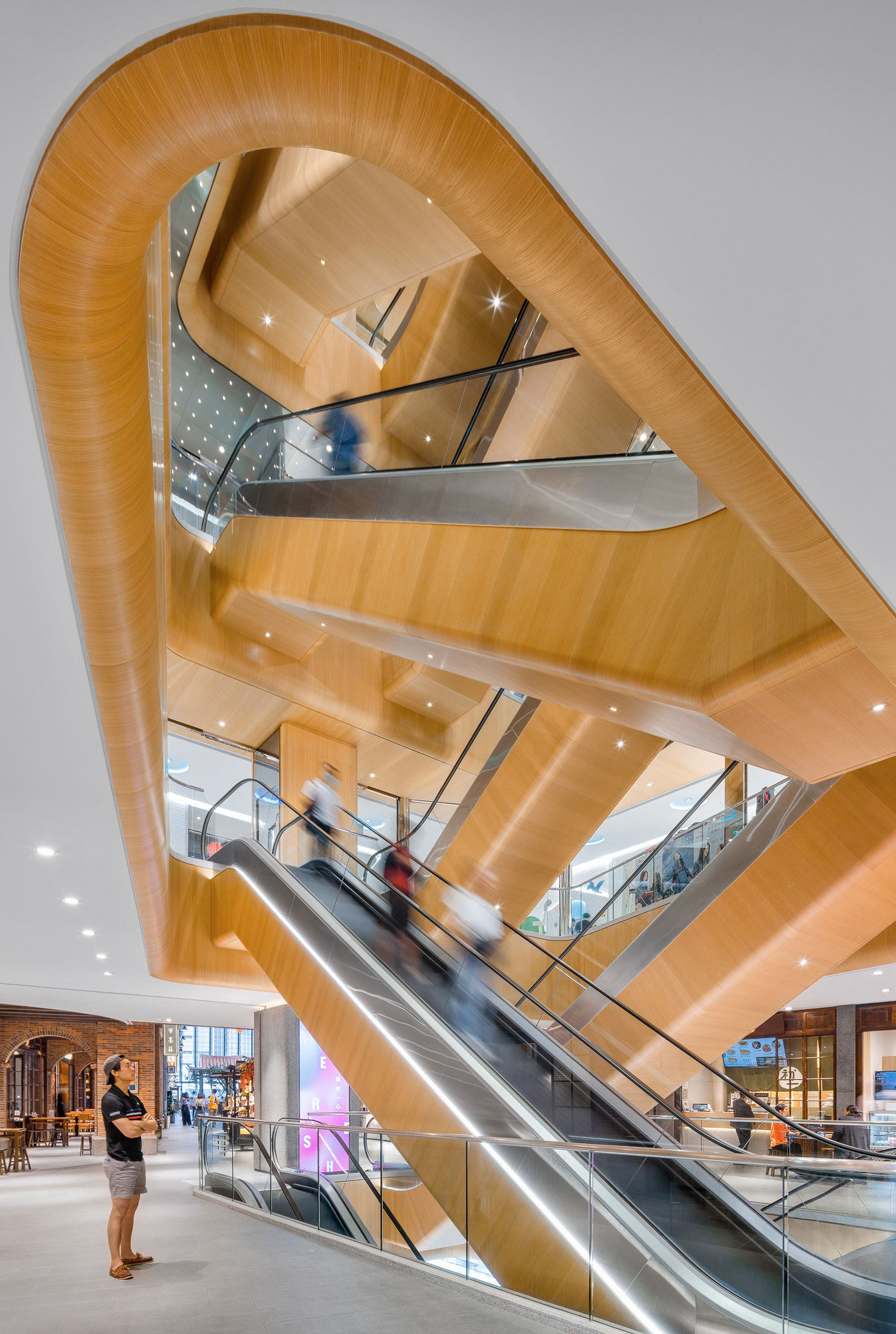
Far Eastern Department Store is a brand deeply rooted into Taiwan’s history. For the new A13 department store in Taipei, the client tasked Gensler to refresh and reposition the store with a modern design and a retro and nostalgic feel. Vintage materials, coupled with innovative digital experience design integrated throughout the space, inspire the seamless coexistence of old and new, past and future, without sacrificing authenticity. The new store aims to attract both loyal customers and a new millennial audience through an unparalleled consumer experience.
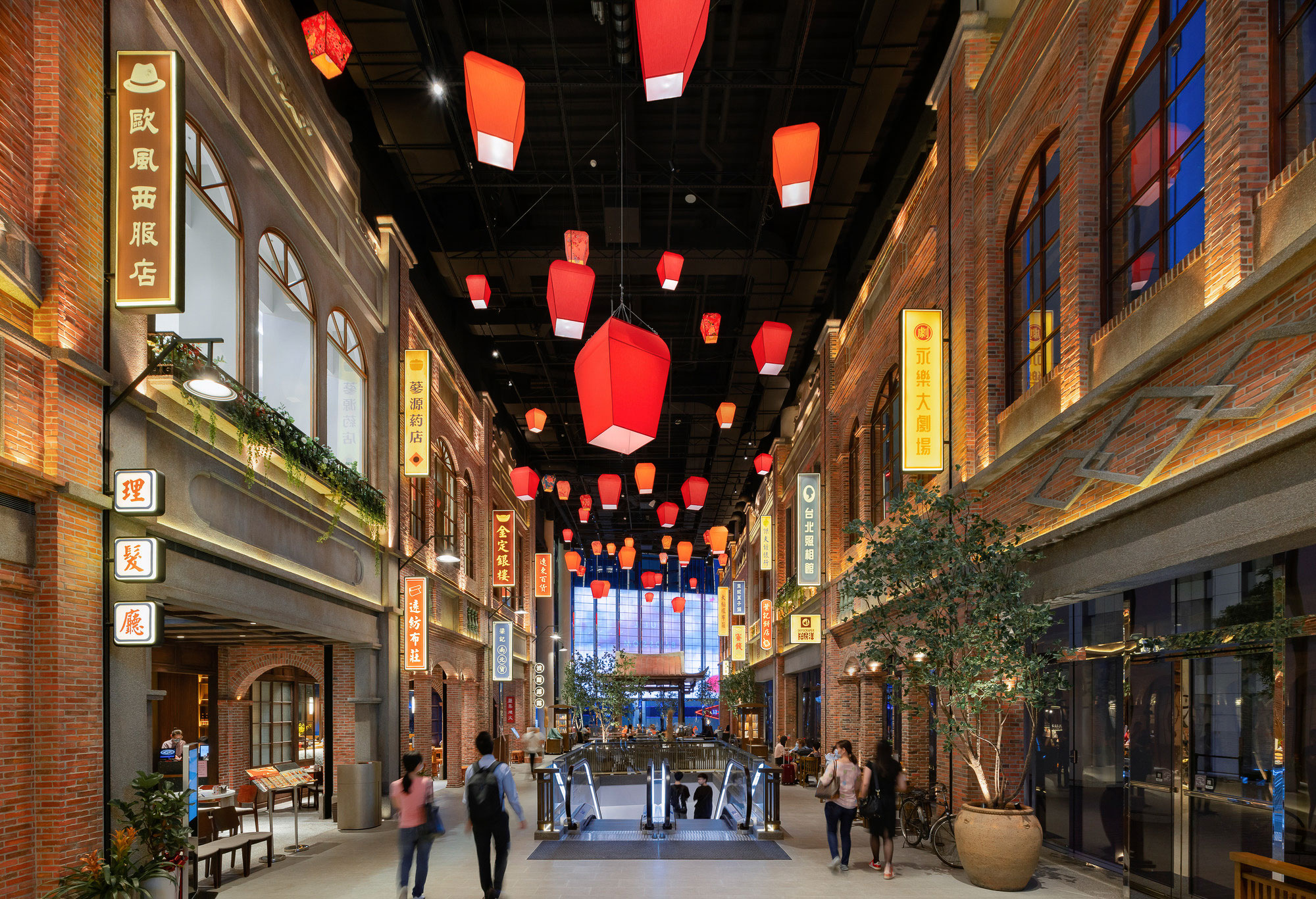
Explore Design Strategies for a Post‑COVID World

Download Gensler Design Forecast 2021 (PDF)